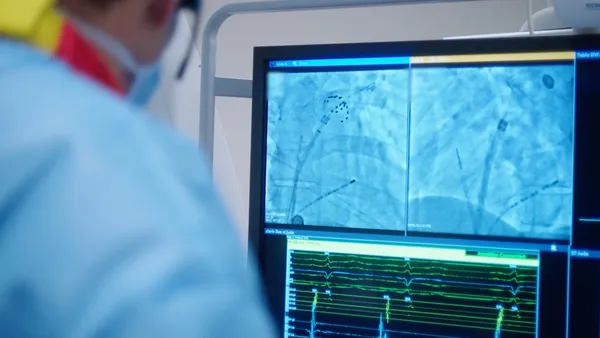Dive Brief:
- The Food and Drug Administration has posted a pair of draft guidance documents on developing weight loss medical devices.
- Across the two documents, the FDA provides advice on collecting nonclinical data and designing clinical trials for medical devices such as intragastric implants and endoscopic suturing products.
- The documents arrive amid questions about whether new medicines will cut demand for weight loss procedures, but comparing the effects of drugs and devices is outside the scope of the texts.
Dive Insight:
Novo Nordisk and Eli Lilly’s GLP-1 agonists are threatening to transform the treatment of obesity. In July, Intuitive Surgical CFO Jamie Samath told investors that U.S. bariatric surgery growth slowed after some customers saw “increased patient interest in weight loss drugs.” Still, analysts at J.P. Morgan concluded the drugs are not an “existential threat,” and the FDA still sees a need to advise on weight loss devices.
In the guidance on clinical studies and benefit-risk considerations, the agency shared recommendations on designing and running trials of medical devices for weight loss or weight management.
The FDA is advising sponsors to compare devices to sham treatments in double-blinded, randomized, controlled trials, reflecting the fact that “a placebo effect is anticipated.” As such, a control arm helps reduce “uncertainty regarding the treatment effects of the device.” If a sham treatment is inappropriate, the FDA recommends a concurrent control that receives the same lifestyle program as the device arm.
The agency also emphasized the importance of collecting at least 50% of pivotal study data from the U.S., a recommendation built on evidence that “culture and public health policy can impact weight loss.” Other sections of the document cover endpoints, statistical analysis and special considerations for pediatric studies.
In the nonclinical guidance, the FDA provides recommendations on premarket submissions and the types of studies companies should run to support their filings. The document includes advice on nonclinical bench performance tests, explaining when and how to assess corrosion resistance and device durability, and information about whether animal studies are needed.
The FDA is accepting feedback on the documents until Nov. 11.










